|
|
 |
|
|
 |
 |
|
 |
 |
|
 |
 |
|

Crossans – Hellraisers of Castlemilk
Fierce with our Hellraising, yet fiercer with our Love.
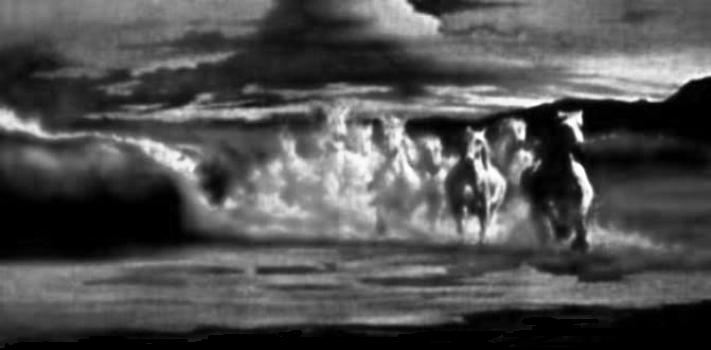
|
|
 |
 |
|
|
 |
 |
|
|
 |
 |
 |
 |
|
 |
 |
|
 |
 |
|
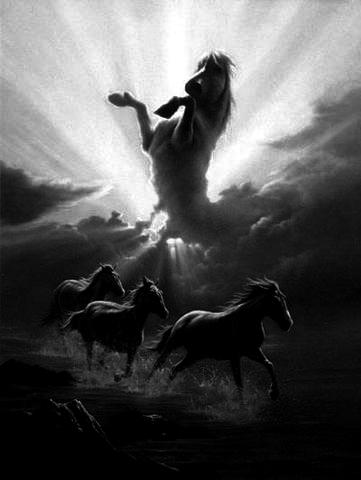
Dublin, Glasgow & Los Angeles
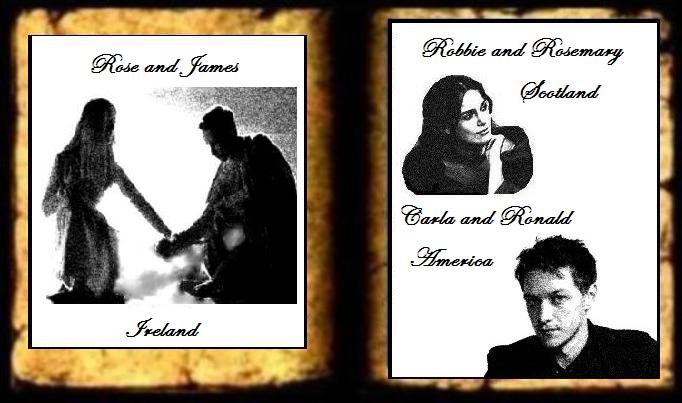
And Three Loves
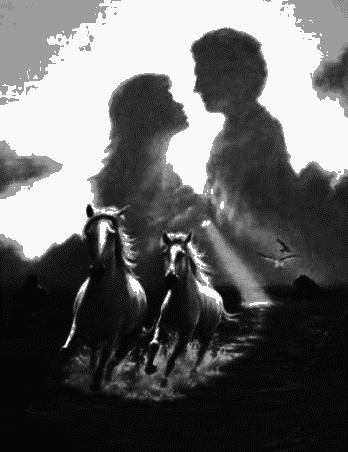
|
|
 |
 |
|
|
 |
 |
|
|
 |
 |
 |
 |
|
 |
 |
|
 |
 |
|
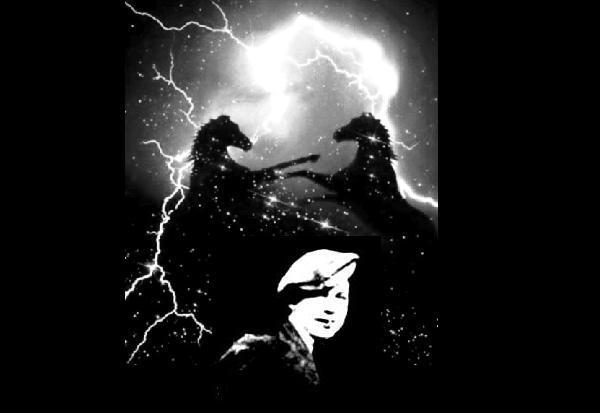
The simple story of a Scottish family
recounted in a trilogy:

1900-1930 Ireland & Scotland
"Sorrow's Journey"
1930-1950 Ireland & Scotland "Razor's Edge"
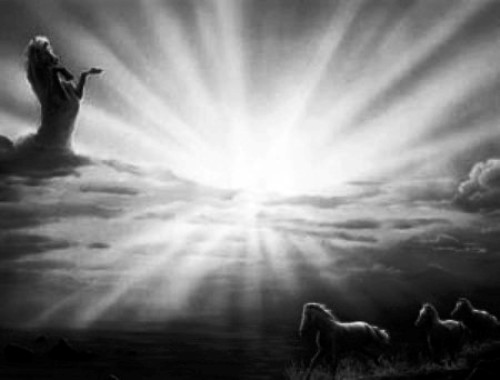
1950s….America "Shattered Illusions"
2000….Epilogue "Storms of Fate"
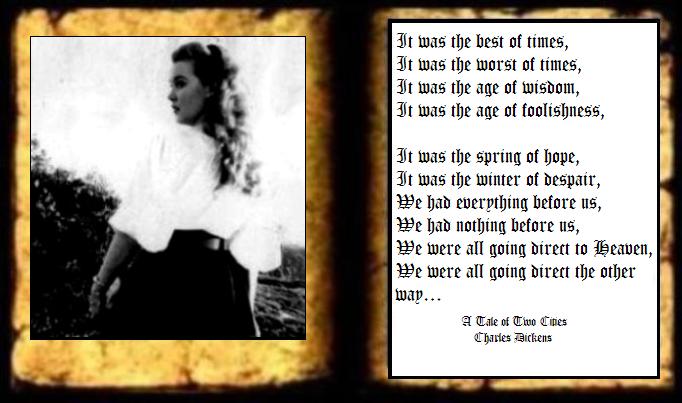
Spanning the 2oth century beginning with
the turmoil of Irish politics
in Dublin, Ireland in the early 1900s -
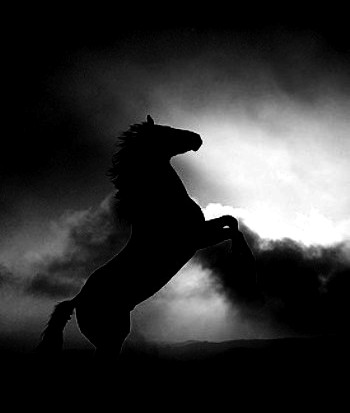
encompassing Glasgow, Scotland
during World War I & II,
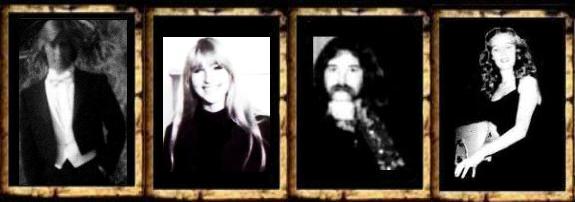
and concluding in Los Angeles, California
in an era of political scandal “Watergate”, sex, drugs, rock &
roll,
and of course, Vietnam.
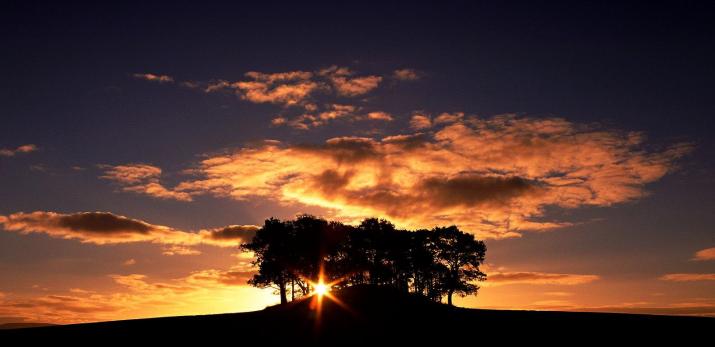
|
|
 |
 |
|
|
 |
 |
|
|
 |
 |
 |
 |
|
 |
 |
|
 |
 |
|
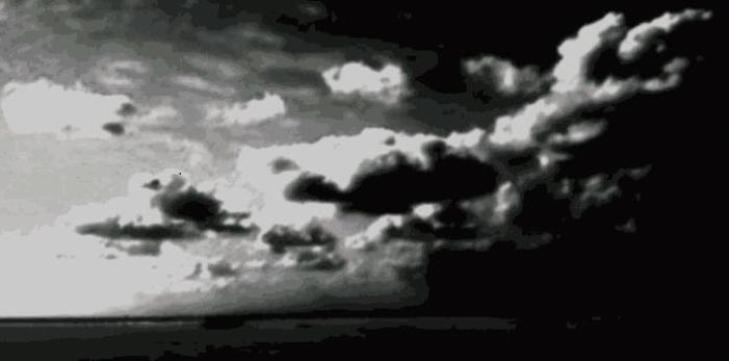

The Storms of Fate
1900 Dublin
The early 1900s was a period of tumult for Ireland.
The nationalist movement was gaining momentum backed by the guerilla warfare tactics of the newly-formed I.R.A.
Strength, toughness, and street smarts were useful to the Irish rebel leaders, including the renowned real-life
rebel, Michael Collins.
Collins, Padraig Pearse, and James Connolly...
And
there in their midst was a young lad from Glasgow, James Crossan, about to be swept up by those storms of fate…
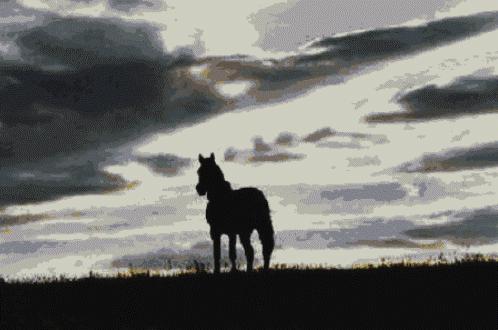
|
|
 |
 |
|
|
 |
 |
|
|
 |
 |
 |
 |
|
 |
 |
|
 |
 |
|
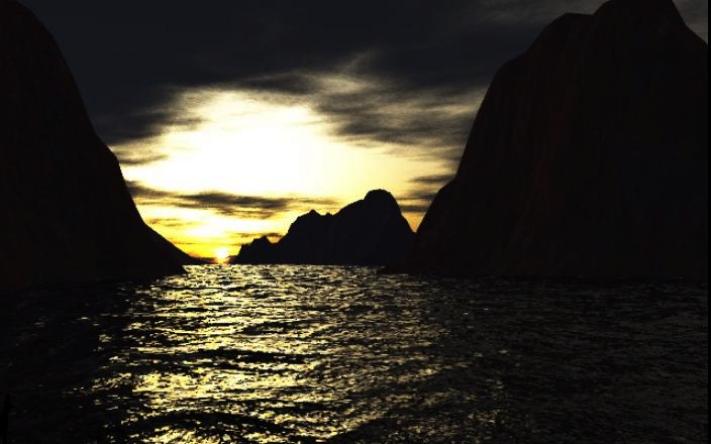
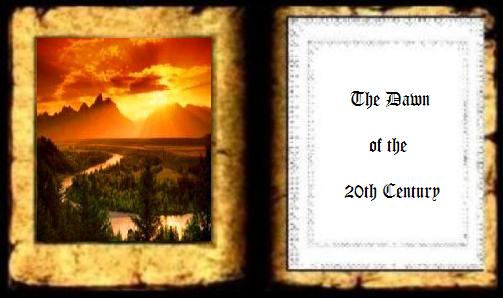
Scotland
During the early 1900s strikes in the Scottish coal mines, on the railways, and on the docks paralyzed the economy
and showed the power of a unified labor movement. Government attempts to break the unions not only failed, they instilled
greater resolve in those who were arrested, locked out of their jobs, or denied employment because of their union activities.
The Labor Party was created to gain representation in Parliament for workers; the result was the election in 1906 of 29 Labor
members, who entered into a coalition with the Liberals. The Liberal government responded by passing the Trade Union Act of
1913, which allowed union dues (fees paid by union members) to be used for political purposes.
Ireland
At the same time, all of the Irish members of Parliament stood for home rule and threatened to withdraw their support
from the Liberal government if home rule was not granted. The situation in Ireland
had deteriorated since the failure of home rule in 1893. Irish citizens were divided into two camps: Irish republicans supported
independence for Ireland, while British unionists supported continued union with Britain. Tension continued to escalate between the two groups and eventually led
to the Irish Revolution (1912-1922). The revolution began in 1912 as Irish on both sides of the issue armed themselves for
war after the introduction of the third home rule bill in Parliament.
Los Angeles
In 1872, the Southern Pacific railroad came into Los Angeles
from San Francisco - allowing the city to get in touch with
the rest of the state. Throughout the rest of the 1870's the area around Los Angeles
became a farming center, with industry and manufacturing only shortly behind.
In the early
1900's east coast filmmakers descended upon Los Angeles - for the weather, and to escape patent legal trouble for using Thomas
Edison's movie camera patent. The studios blossomed, and put Los Angeles
on the map. In 1932, the Olympics were held there. During World War II, Los Angeles
factories produced huge amounts of weapons, airplanes, and war machinery.
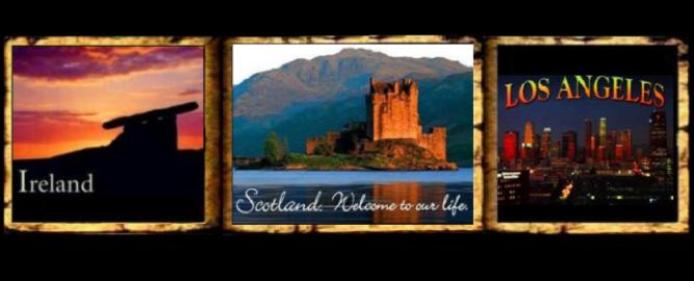
|
|
 |
 |
|
|
 |
 |
|
|
 |
 |
 |
 |
|
 |
 |
|
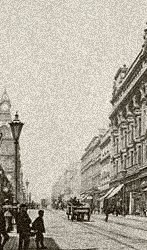
1900 Glasgow
The influx of people looking for employment spawned the emergence of tenement accommodation. The poorest families were
forced to live in "single ends", one roomed homes where the entire family, often including grandparents, would live together.
Many families had to share common lavatories and wash facilities.
However, the struggle for survival generated a common
bond between the tenement dwellers and a great sense of community spirit, kindness and sharing dominated everyday life.
|
|
 |
 |
 |
 |
|
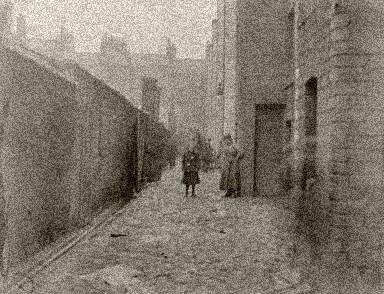
|
| GORBALS 1912 |
1900 Gorbals
It had become a true community with a mix of a succession of
immigrant groups: Highlanders, displaced by sheep, land confiscation and poverty; Irish fleeing famine and political upheaval;
and Jews leaving behind persecution in Europe.
'The hub of Glasgow
Catholic life up to the 1950s'.
|
|
 |
 |
 |
 |
|
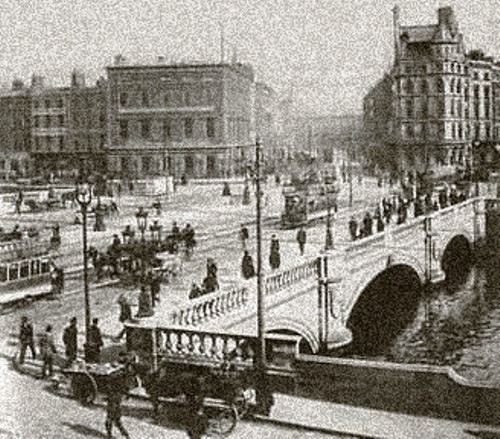
|
| DUBLIN |
Glasgow's rapid growth as an industrial city in
the 19th and 20th centuries created a legacy of poor, cramped housing, with frequent bouts of high unemployment. The social
problems were probably at their worst in the Gorbals area, just south of the river Clyde. This is where Glasgow got its reputation as "No Mean City" and gang fights with open razors as weapons.
|
|
 |
 |
 |
 |
|
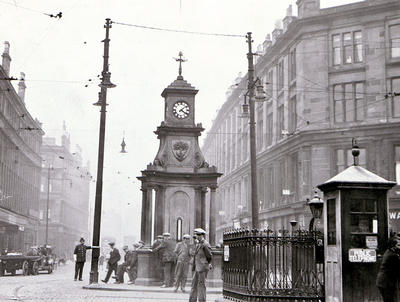
|
| GLASGOW |
After the Second World War, attempts were made to rehouse those in sub-standard tenement blocks by moving them to new
estates on the edge of the city - though the sprawling local council estates of Castlemilk, Easterhouse, Pollok and Drumchapel created just as many social problems. In the Gorbals,
the old buildings were demolished and new high-rise flats arose in their place - as filing cabinets for people. The old community
spirit of the area was thus largely destroyed.
|
|
 |
 |
|
|
 |
 |
 |
 |
|
 |
 |
|
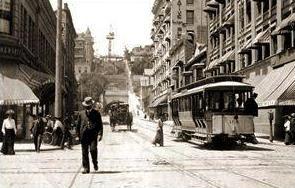
1900 Los Angeles
Los Angeles was incorporated as a city in 1850. Railroads
arrived when the Southern Pacific completed its line to Los Angeles
in 1876. Oil was discovered in 1892 and by 1923 Los Angeles
was supplying one-quarter of the world's petroleum.
Even more important to the
city's growth was water. In 1913, William Mulholland completed the aqueduct that assured
the city's growth and led to the annexation by the City of Los Angeles,
starting in 1915, of dozens of neighboring communities without water supplies of their own. A largely fictionalized account
of the Owens Valley Water War can be found in the 1974 film "Chinatown".
|
|
 |
 |
 |
 |
|
| DAMN! THERE ARE SOME THINGS ABOUT LOS ANGELES |

|
| THAT JUST NEVER CHANGE - TRAFFIC JAMS! |
In 1877, a 21-year-old Irishman named William
Mulholland arrived in Los Angeles, having worked his way from Ireland, by
way of Pennsylvania, Panama, and San Francisco as a sailor, knife sharpener, lumberjack, dry goods salesman,
Apache fighter and mine prospector. He would, in time, engineer a historic feat and have great impact upon the future of Los Angeles.
Years later, Mulholland wrote, "Los Angeles was a place after my own heart. The people were hospitable. The country had the
same attraction for me that it had for the Indians who originally chose this spot as their place to live. The Los Angeles River was a beautiful, limpid little
stream, with willows on its banks. It was so attractive to me that it at once became something about which my whole scheme
of life was woven, I loved it so much."
|
|
 |
 |
 |
 |
|
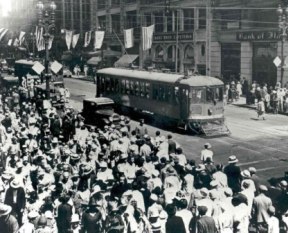
Although he possessed no formal training in engineering, Mulholland pursued an intense personal interest in geology,
hydraulics and engineering by educating himself at the public library. Living in a shack near what would later become the
intersection of Los Feliz Boulevard and Riverside Drive
(near the present day Mulholland Fountain), he worked as a ditch tender, keeping a nearby section of the Los Angeles water channel clear. By 1886, he had worked his way up to become the private
Los Angeles City Water Company’s superintendent.
After the City of Los Angeles bought out the Los Angeles
City Water Company in 1902, Mulholland oversaw the formation of the new Los Angeles Bureau of Water Works and Supply (which
would eventually become the Los Angeles Department of Water and Power in the 1920s). He was the department’s first superintendent
and chief engineer. He also became the first American engineer to build a dam utilizing hydraulic sluicing (Silver Lake Reservoir,
1906). This new method attracted the attention of engineers and dam-builders nationwide.
Mulholland saw that a burgeoning and thirsty Los Angeles
would soon need much more water than it had available. After much maneuvering and politicking by himself and others, Mulholland
realized the dream of opening a new water source by tapping into Eastern Sierra water from the Owens Valley. He personally organized and supervised
up to 3,900 construction workers at a time to build the 233-mile Los Angeles Aqueduct over six years. The massive project
was completed ahead of time and under budget ($24.5 million in municipal bonds were approved by voters for the project). It
was the largest and most difficult municipal engineering project in U.S.
history at the time. After an elaborate ceremony on November 5, 1913, water was released from the aqueduct into the San Fernando Valley. Mulholland declared to exuberant crowds at the ceremony, "There it is. Take it."
The achievement gave the City of Los Angeles the ability to grow beyond a population of 500,000
and leverage of water to expand city territory into the San Fernando Valley and other surrounding communities (the cities
of San Fernando, Santa Monica and Beverly Hills held out).
|
|
 |
 |
 |
 |
|
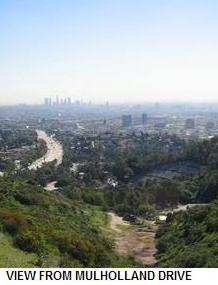
In 1923, the City of Los
Angeles honored Mulholland by means of a new highway that ran along the spine of the Santa Monica Mountains. It was named Mulholland Drive.
As the City of Los Angeles began extracting greater amounts of water from the Owens Valley and balked
at paying higher prices for it, residents there began fighting back. In the summer of 1924, a band of Valley opponents launched
their first dynamite attack against a section of the aqueduct. Additional acts of violence against the aqueduct continued
through the year, culminating in a major showdown when opponents seized a key part of the aqueduct and, for four days, completely
shut off the water to Los Angeles. State and local authorities
declined to take action and the press portrayed the Owens Valley farmers and ranchers as underdogs. Los
Angeles was forced to negotiate. Mulholland stated that he "half-regretted the demise of so many of
the valley’s orchard trees, because now there were no longer enough trees to hang all the troublemakers who live there."
|
|
 |
 |
 |
 |
|

The emboldened Owens Valley hiked water prices even higher.
Mulholland became even more resistant to their demands.
In 1927, dynamite again exploded along the aqueduct. Mulholland responded with a small army of heavily armed guards.
The national press called the whole affair, California’s “Little Civil War.”
Owens Valley opposition did not hold together for long. Its leaders were
owners of several local banks and were caught embezzling depositors’ funds. The banks collapsed and most Valley residents
lost money. Opposition to the aqueduct fizzled. Mulholland and the City of Los Angeles
moved in to buy up as much Valley land as possible, taking ownership of 95 percent of farmland and towns.
|
|
 |
 |
 |
 |
|

With this victory, Mulholland turned his attention to potential new sources for water. He saw
the Colorado River
as a promising source. His vision eventually led to the construction of Hoover Dam and the Colorado River Aqueduct, an accomplishment
he did not live to see.
Storytelling
- While many writers say they write out of their own experience,
(one
writer) reflects…"I think it doesn't have to be the facts about what you know,
but
that you have to write out of the emotion of what you know.
So
you need to tap into the emotions. The rest is imagination, and research."
|
|
 |
 |
|
|
 |
 |
 |
 |
|
 |
 |
|
Crossans ~ Hellraisers of Castlemilk
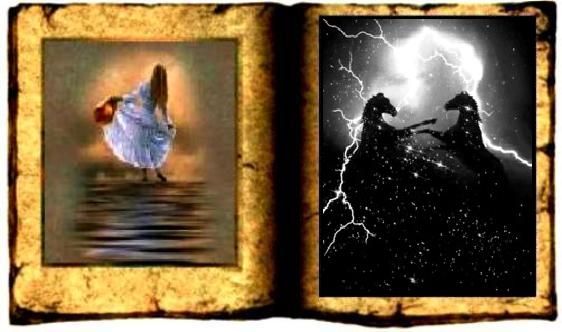
Oh! Ye'll take the high road and I'll take the low road,
And I'll be in Scotland
afore ye;
But me and my true love
Will never meet again
On the bonnie, bonnie banks of Loch Lomond.

Old
Scots Song
|
|
 |
 |
|
|
 |
 |
|
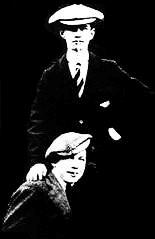
CURRENTLY IN DEVELOPMENT
|
 |
|
|
|
|
|
 |

